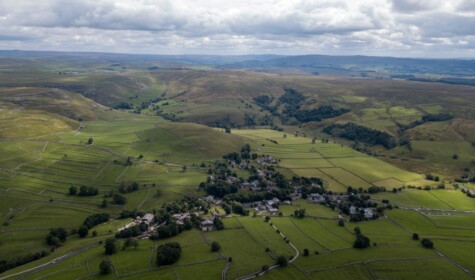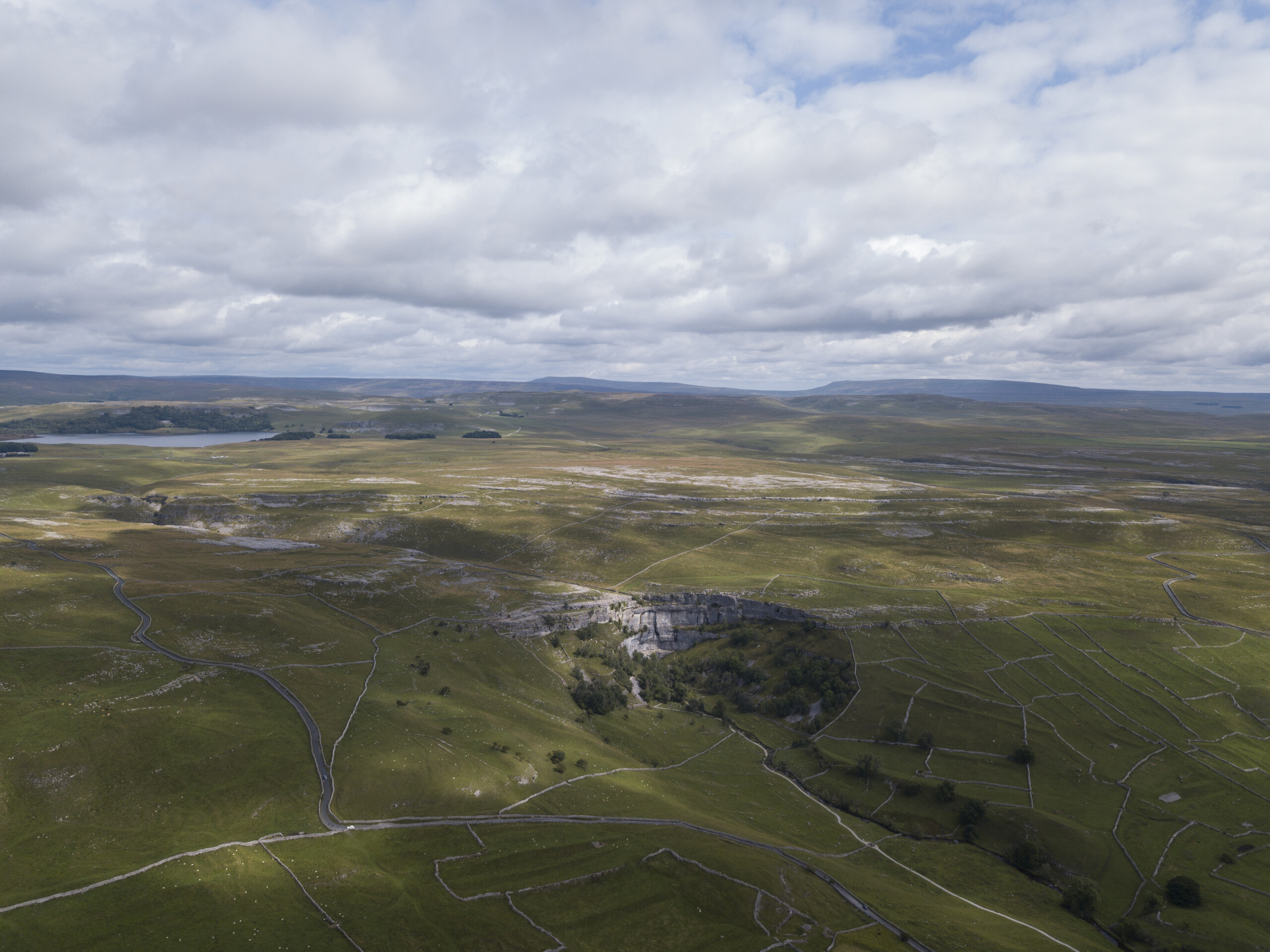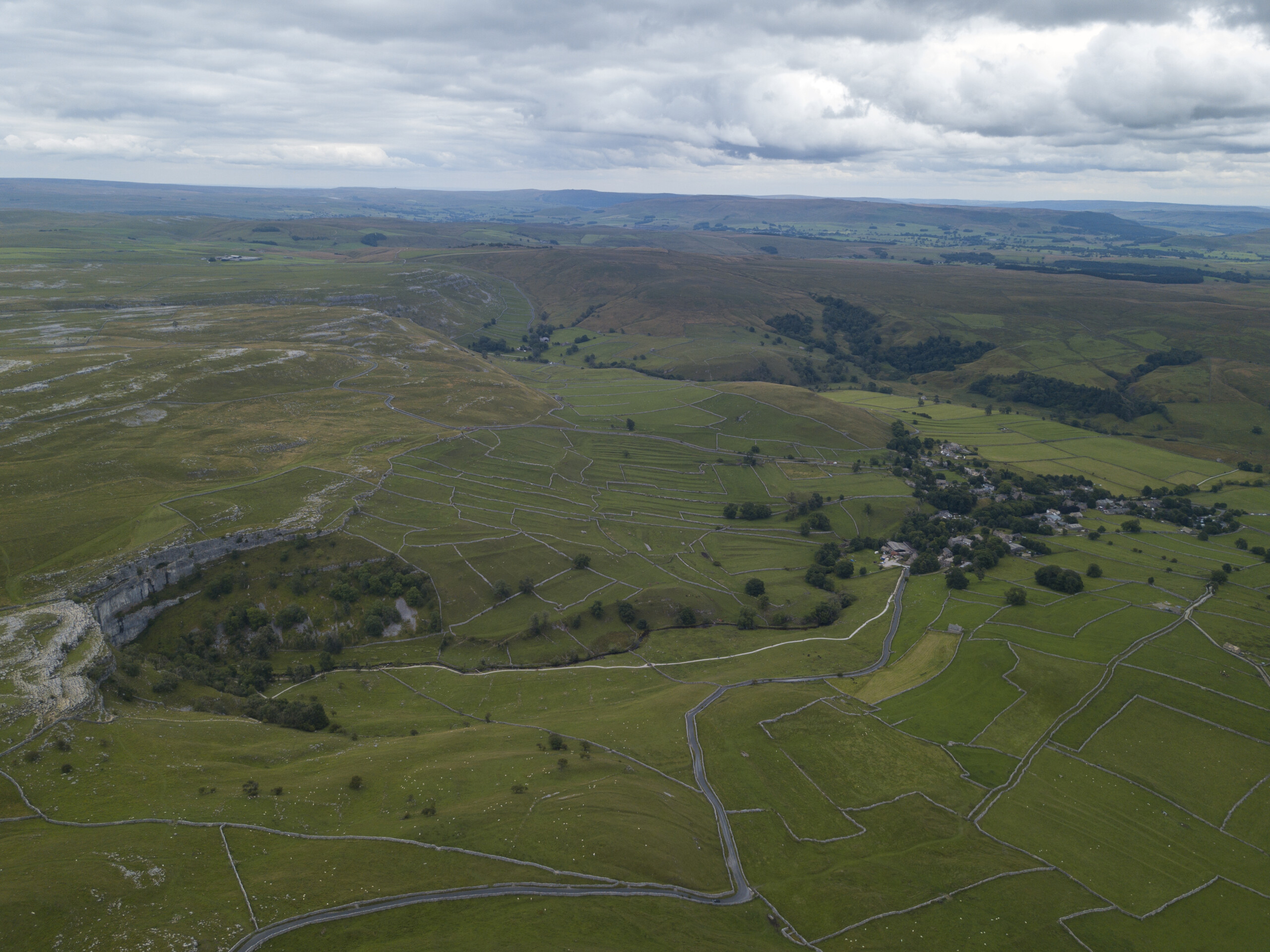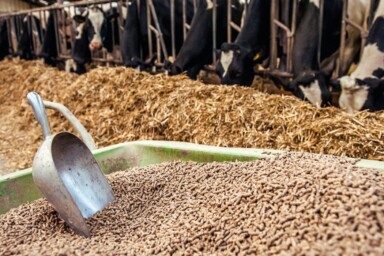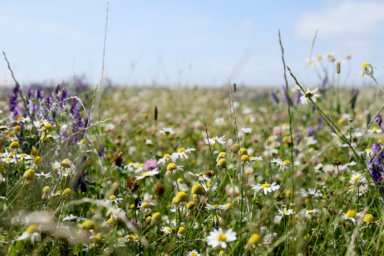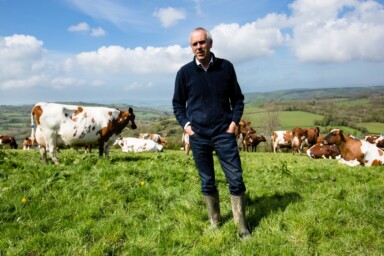Secondly, there is a question around whether rewilding will deliver all the environmental improvements some have promised. For example, some supporters of the reintroduction of large carnivores have argued that their return will suppress the UK’s unsustainably high populations of deer and mid-sized predators, like foxes and crows. However, ecologists have expressed doubts around the extent to which this would occur in landscapes heavily modified by humans. This, of course, doesn’t remove the justification for reintroducing species like the wolf or lynx. There are all sorts of other social and ethical considerations in this debate which I don’t have the space (or bravery!) to explore here – though for what it’s worth, I think there is a strong case to reintroduce lynx. Still, we need to be careful of placing too much trust in compelling but often overly simplistic ‘just so’ narratives, which argue that missing keystone species can solve what are complex human issues.
There are various other issues I haven’t even touched on here. From a practical perspective, can wild herbivores fulfil the ecological role that well-managed grazing livestock provide in our crowded landscape? Where do ideas of wilderness fit with growing calls to repeople landscapes with a history of forced depopulation? Then there are the social and cultural services which hill farming can deliver but rewilding, certainly in its stricter forms, may be less able to: the supply of local food and the maintenance of traditional farmed landscapes being two often-undervalued examples.
An undeniable truth
So, rewilding has its criticisms and limitations, and in fairness, this is something many of its supporters recognise. However, none of these points change the undeniable truth that far too many of our upland landscapes are in poor ecological condition, and conventional, production-focused farming practices, alongside the actions of sporting estates and commercial forestry, are the cause of much of this. Rewilding is by no means the only solution to these ills, but major changes in the way that all traditional land use sectors operate will be required, if they’re to play a sustainable role moving forwards.
Neither should these criticisms detract from the fact that while there will be many situations where rewilding involves environmental and aesthetic trade-offs, in others it won’t. Go to projects where rewilding (or perhaps, more appropriately, native woodland restoration) is already underway, like at Carrifran in the Scottish Borders or Mar Lodge in Aberdeenshire, and it’s impossible not to be inspired by their vibrancy and diversity – a stark contrast to some of the more traditionally managed landscapes that surround them. Similarly, rewilding isn’t always a rich person’s fantasy, or a new form of corporate greenwash, imposed on local communities. There are examples like Carrifran, where community support has been key, while other projects have delivered an increase in employment opportunities for local people.
Moving towards collaboration: a hybrid approach?
In short, there is both the need, and the space, for a rewilding of our uplands – not just on agricultural land, but also on that used for shooting and commercial forestry. In some cases, this could occur in a fairly ‘pure’ form, with very little to no agricultural activity – though this would obviously need to have the support of those living and working on the land. Might, though, there be more scope for rewilding to be delivered in tandem with hill farming? This could occur across a spectrum of intensity of human intervention, from agroecological farms with a strong emphasis on encouraging natural processes, to wilder landscapes that might fall under the terms ‘agricultural rewilding’ or ‘rewilding lite’. What is undoubtedly true is that in all of these cases, native breeds of grazing livestock will play an absolutely essential ecological role, and, for this reason alone, hill farmers must be part of the solution.
People on both sides of the debate might take issue with this hybrid approach: for some, it may represent a dilution of rewilding’s principles, while for others in the farming community, it will require an uncomfortable move away from the current focus on maximising output. Overcoming this will, of course, require good government policy, including whole-farm support for nature-friendly farming practices, grants for farm woodland and agroforestry creation, and a land-use framework that brings different interests together constructively.
Perhaps most importantly though, it will require greater imagination on the part of often-siloed interest groups, and more open and honest dialogue. Without this, the debate around the future of the uplands will become even more divisive, and the rewilding and hill farming communities alike will both lose out.
To learn more about the role of the UK’s uplands within a sustainable food and farming system, you can read our Feeding Britain Report here.
